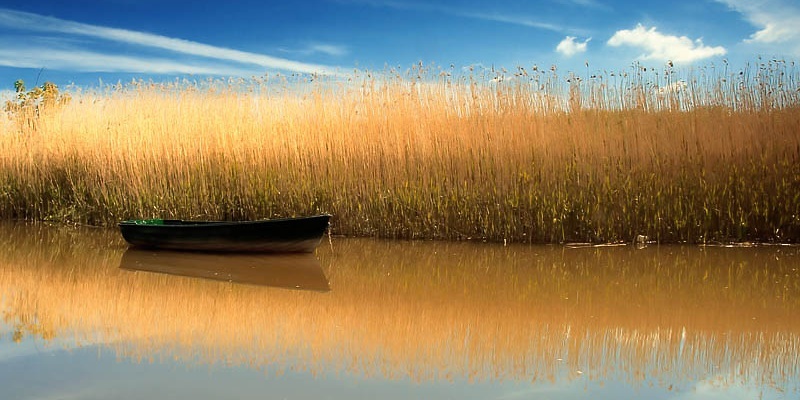More than £3 million has been earmarked by the Heritage Lottery Fund (HLF) to protect and conserve some of Perthshire and Fife’s best-loved countryside.
The distinctive volcanic landscape of the Lomond Hills in Fife is in line for a grant of £1.8 million, while the reed beds and habitat of the River Tay along the Carse of Gowrie to Perth and beyond has cleared the first hurdle for an award of £1.5 million.
This investment, which is set to attract a further £2 million in matched funding, will enable the conservation of these unique landscapes by supporting schemes that provide long-term social, economic and environmental benefits.
While the HLF has set aside the money for the schemes in question and indicated positive support, fully-developed applications now have to be submitted to secure the full awards.
The Tay Landscape Partnership’s plans focused on the importance of the Tay valley, which contains the largest single area of reed-beds in the United Kingdom.
Its wetlands, drained by medieval monks, were the home of massive orchards, which in more recent times have given way to Tayside’s famous soft fruit industry.
They are also an important breeding site, particularly for the rare bearded tit, water rail a highly secretive small bird and marsh harrier.
The area has evidence of prehistoric human activity, with several neolithic and bronze age ceremonial sites as well as a great deal of Pictish activity.
There is also one of the largest concentrations of temporary Roman camps in Britain, indicating that the area was one of the frontiers of the Roman Empire.
The Landscape Partnership Scheme, led by Perth and Kinross Countryside Trust, covers an area of 200 square kilometres and has been designed to reconnect communities with its heritage as well as to conserve what remains.
A programme of reed-bed management will be introduced, remaining orchards protected and historic buildings conserved.Path networkAccess to the Tay, as the main feature of the landscape, will be improved, with new path networks and other initiatives so people can get down to the river.
Many volunteers will be involved in carrying out the works while community and school events such as orchard festivals, talks and workshops-will engage the public in the area’s landscape and history.
Countryside trust chairman Councillor Bob Ellis, said, “We are delighted to win through to stage two. We are also looking forward to working more closely with Perth and Kinross Heritage Trust and other partners and, of course, local communities to develop and deliver this exciting project.”
The Living Lomonds Landscape Partnership focuses on a 162 square km area of Fife taking in the Lomond Hills and contrasting communities to the north and south of them, including Falkland Scotland’s first conservation village and historic mining communities such as Benarty.
The hills, dominated by two distinctive volcanic plugs and the lowland plain between, are home to significant cultural and natural heritage and support a wide variety of wildlife such as ospreys, peregrine falcons, hen harriers, red squirrels and green tiger beetles.
The area tracks the history of mining with some of the oldest examples of small scale mining from medieval times through to the deep pits of the 19th century.
Channelled water from Loch Leven fed many of the area’s other industries such as flax spinning, weaving, bleaching, grain milling, distilling and papermaking.
Led by Fife Coast and Countryside Trust (FCCT), the partnership would see woodlands, dry-stane walls and historic pilgrim routes restored and new all-access paths created.
Volunteering, training and employment opportunities will be created in heritage skills while a programme of activities-such as the re-enactment of a medieval deer hunt and exploring Gaelic heritage through place names-aims to provide a stronger connection between people and the landscape.
Amanda McFarlane, chief executive of FCCT said, “We are delighted to have secured this initial development funding, which will enable significant investment in the landscape area.
“We will work closely with local communities to help make a real difference to their environment,” she added.
Nationally the HLF has announced more than £18 million of funding for projects from Dorset to Northern Ireland and Wales.
